A Year of Struggle and Perseverance
Just about a year ago, Seattle, like the rest of the country, began to shut down because of the coronavirus, which first hit American soil in our region.
Few suspected at the time that, one full year later, families and communities—particularly Black, Indigenous and communities of color— would still be struggling with the economic effects of the pandemic: unemployment, reduced working hours, and most importantly, more than a half-million deaths, and many more suffering from long-term ailments.
The resilience and lethality of the virus proved to be much tougher and harder to tackle than most people expected. The shocking death toll has come as a surprise even to the experts.
Many thought the drastic measures governments took would be lifted within months. When we canceled the annual Community Resource Exchange, we said it was “postponed.” That cancellation deprived hundreds of people the opportunity to obtain much-needed services and supplies.
When we shut down United Way of King County’s Free Tax Preparation locations, we said it was “temporary.” Our service providers and tax experts scrambled to continue providing those services virtually via phone and online.
United Way was fortunate to have a team that could quickly adapt to try to reduce the harmful impacts of mass unemployment, which has wreaked havoc among our most vulnerable communities.
But we soon learned how COVID-19 exacerbated and shined a light on the racial inequities that still inflict so much pain on our communities of color. The pandemic struck BIPOC communities the hardest, according to the Centers for Disease Control: rates of cases, hospitalizations and deaths are all higher for BIPOC people than white communities.
Black, Indigenous and Pacific Islander workers were disproportionately impacted by unemployment at far higher rates than white counterparts, as King County data demonstrate. Similarly, Black and Latino populations have experienced higher food insecurity than white people.
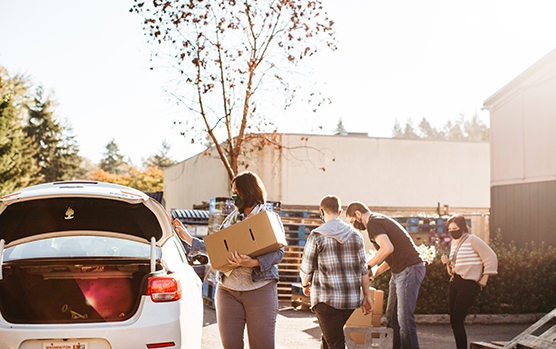
Issues like the digital divide in our region surfaced as well—some households of color didn’t have access to the needed devices, or even to the internet, for their children to learn virtually. We learned how families were forced to share a single computer with multiple children.
While the federal government enacted several laws to alleviate the economic hardship caused by the pandemic last year, it wasn’t enough for communities who are still fighting to stay in their homes and feed their families.
We applaud the new administration and Congress for passing the American Rescue Plan, a historic relief bill that can be transformative and which is expected to cut childhood poverty in half. The new law also contains substantial allocations for rental assistance.
While the childhood poverty-reduction and housing help aspects of the law are temporary, we are advocating for a more sustained effort from the federal government to continue to reduce poverty and help people who are experiencing housing insecurity.
The Dual Pandemics
Just as we were coming to terms with the full impact of the health crisis, we were hit with a second pandemic, one that had been lurking for decades, even hundreds of years: racism.
In late May and early June, another unjustified killing of a Black man by police officers sent a nation that was already struggling with lockdowns and a sinking economy into this second pandemic that we struggle to eliminate because of structural and systemic barriers.
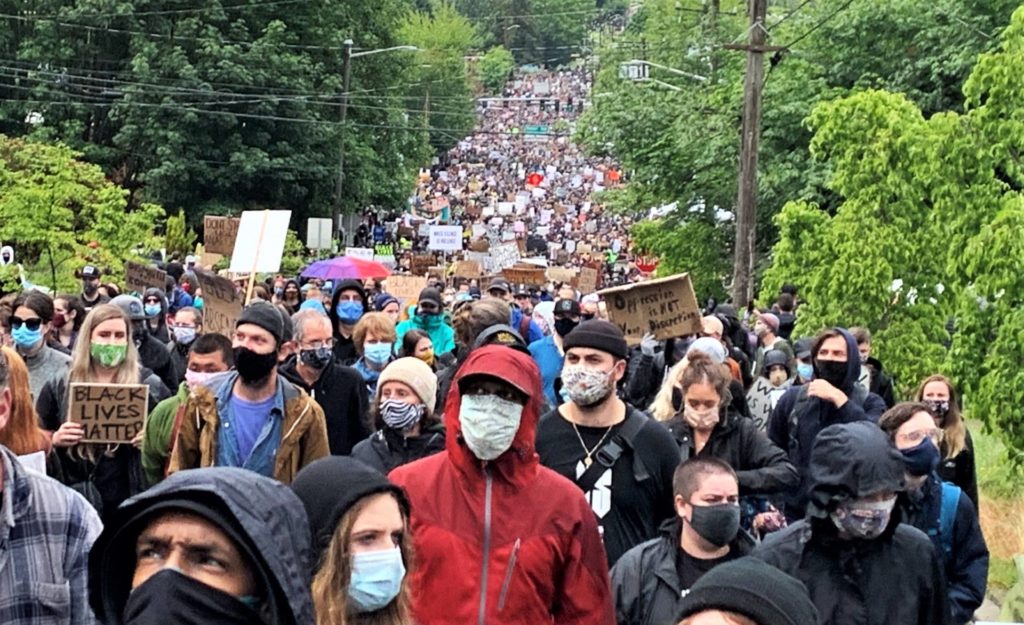
The racist police system was put on full display, as videos George Floyd’s murder played on TV and mobile devices across the world, with Floyd struggling to breathe, his life slowly taken away.
As I write this, many across the country and world are pausing to remember Breonna Taylor, who was killed one year ago this month. And the trial of one of the police officers responsible for Floyd’s murder is just beginning. While the judicial system traditionally has favored police in similar cases, we can only hope justice will be served this time.
From Crisis Response to Recovery
As we enter into recovery mode from the pandemic with the introduction of national and state vaccination efforts, we are again reminded of the racial inequities that exist within our health systems.
Just as the criminal system has discriminated against communities of color, we are already seeing the racial divide in the administration of the vaccine. From uneven deployment of vaccination centers, which favor white and wealthier communities, to reduced access to the internet to set appointments, to working conditions that limit the number of hours low-wage employees can take to get vaccinated, the rollout of the vaccine has been plagued by racial inequities.
But we are encouraged by the new administration’s efforts to address these challenges and hope this initiative will lead to a more equitable vaccine distribution.
We at United Way will continue to support and serve the most vulnerable in the region and to fight the racist systems and inequities that the pandemic has exposed. We will do this by investing in programs that address those disparities that negatively impact too many people of color in our communities.
It has been a long, arduous year, but we see the proverbial light at the end of the tunnel. We hope to emerge out of this crisis stronger and into a better, more just and equitable world.
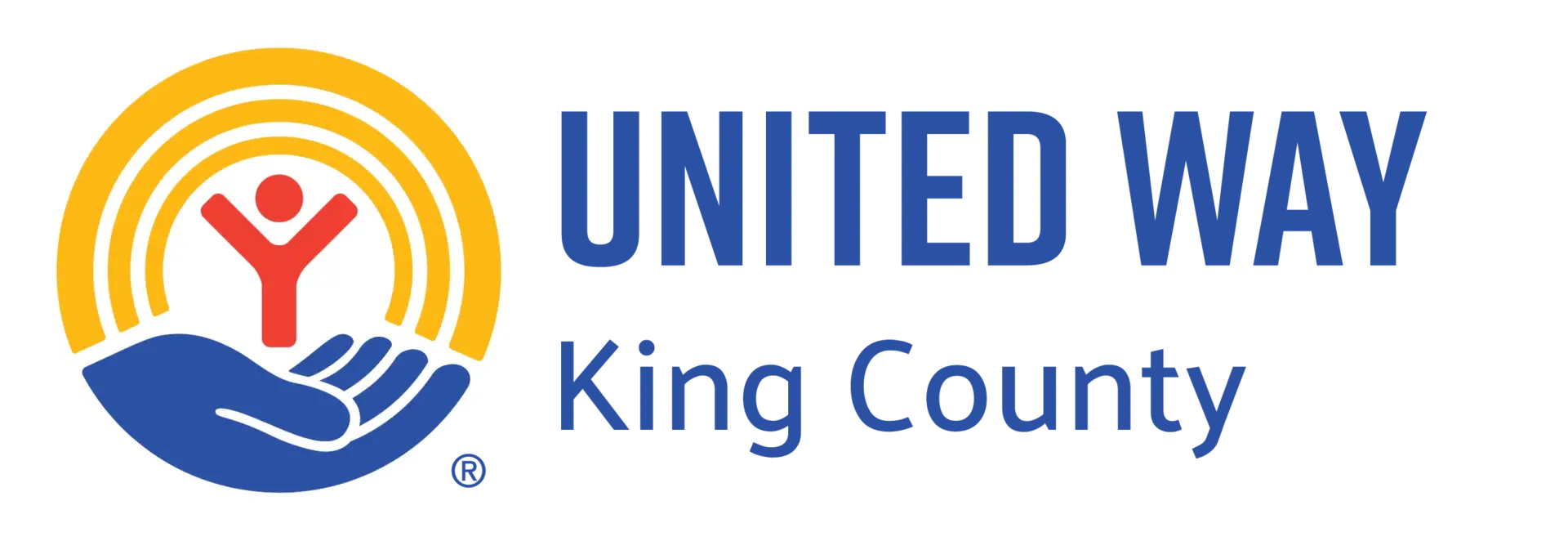
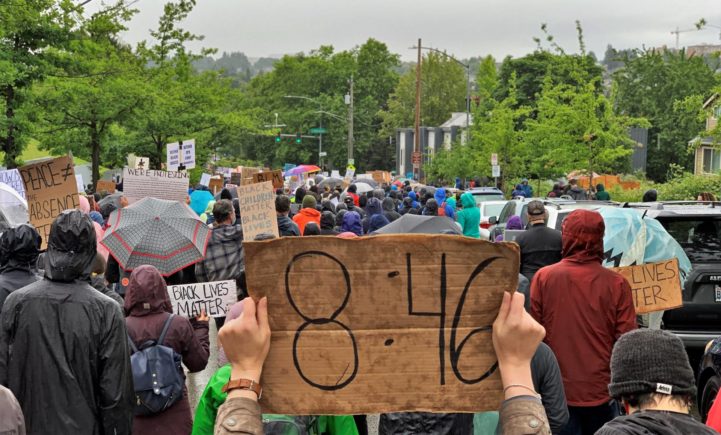
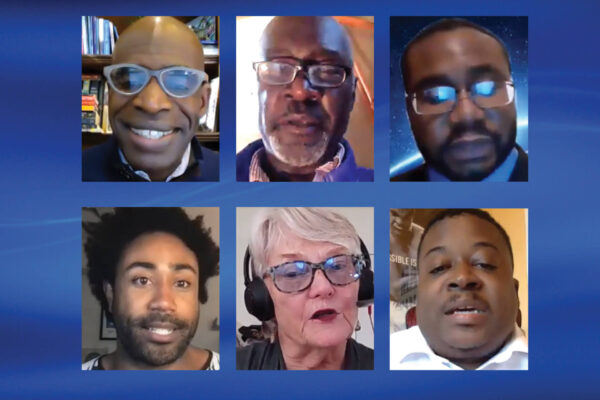
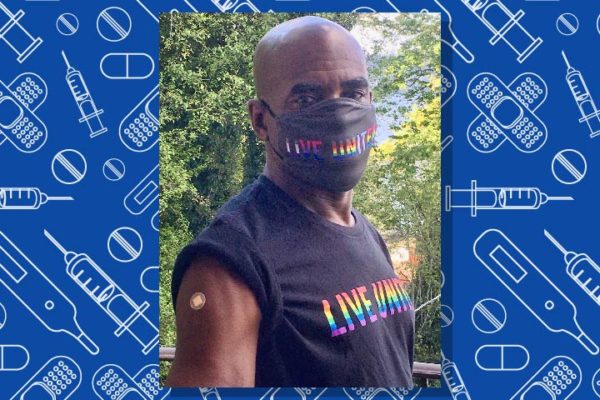
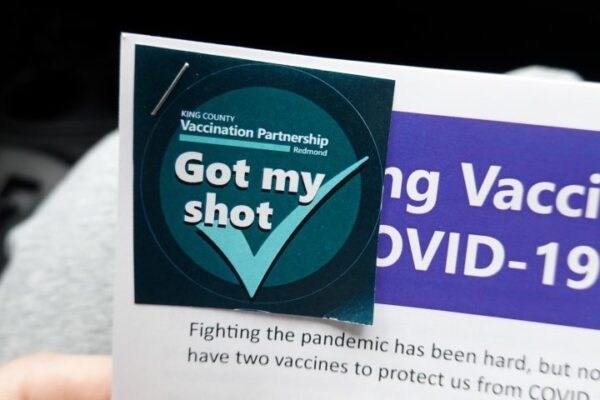
Comments